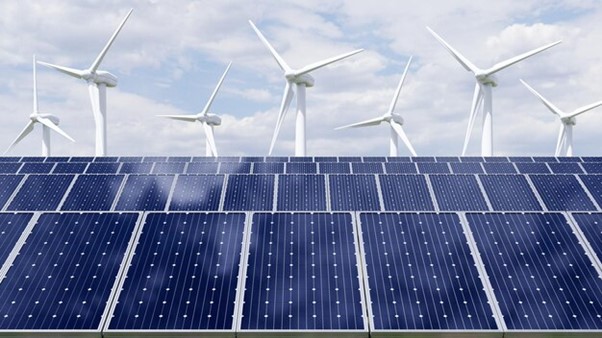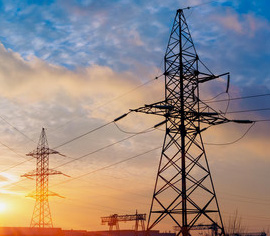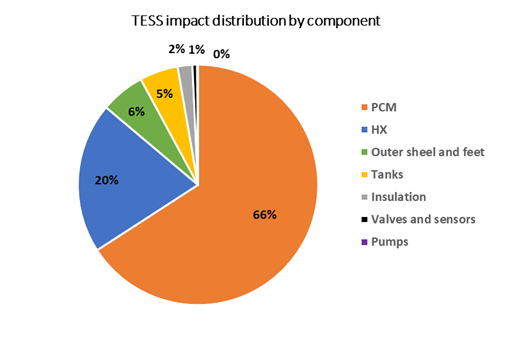The CHESTER consortium has identified three potential applications towards the deployment of the CHEST system. The CHEST system having both functionalities as thermal and electric storage has been at first analysed for its suitability at current and incoming energy markets and a comparative assessment with other storage technologies has been carried out as well. Let’s see what these business models are!

Provider of aggregated services in a minigrid
This business model is focused on thermal use, where the CHEST system will be able to provide flexibility for heat and electricity storage and use. The system would be used to offset fossil fuel consumption by transferring excess heat from industrial processes, which generate excess heat to industrial processes that need heating (this would otherwise be provided from the DH heat by connecting to the main DH branch). The excess heat – otherwise dissipated with cooling plants – would be used as a heat source for the CHEST heat pump, which in return provides cooling at reduced cost. Industrial actors can receive heating and cooling from the CHEST plant at a competitive price compared with using a cooling plant and a DH supply, because the CHEST system can provide both services while investment and operating costs are incurred only for a single system. Moreover, the DH pipework connection would be built regardless of the CHEST solution (the CHEST option requires only additional separate pipes between the CHEST and users for cooling water and for the excess hot water at different temperature levels) which helps the CHEST solution to become more economically attractive.
Moreover, the Danish energy regulations work in favour of electricity-based heating plants and the electricity to run the heat pump is bought at a discounted rate. The produced high-temperature heat is then stored until needed and then used to recover electricity and send it, in the form of excess heat, through an ORC engine. The ORC produces even cheaper electricity, as the heat driving the ORC turbine not only comes from the HTHP, but it is initially pre-heated using free excess heat from another industrial actor. Grid electricity export and heat sale are the revenue sources, which compensate the investment and maintenance cost difference with the alternative cooling plant and DH, and makes the CHEST option more profitable for this industrial cluster.
After an exhaustive analysis based on a fixed historical average electricity price from Denmark, the results show that this business model represents one of the potential applications of the technology. Interesting results can be achieved with a return on investment within a period of 5-6 years.
The CHEST system as a competitor of Pumped Hydro Storage
The CHEST system could also be a competitor of PHS and potentially become an alternative for electricity storage with capacity between 1 MW and 100 MW. The analysis was based on the direct connection to the power grid or adjacent to a RES power plant such as PV. Furthermore, the study also looked at different operation strategies taking advantage of cheap electricity sources from the RES and selling electricity produced in the ORC at hours of the highest electricity demand, and thus the highest electricity prices.
Although the CHEST concept is still more expensive than the PHS technology, the performed economic study highlights that neither technology provides a return on the investment within a period of 30 years, which is the average lifetime of the CHEST components. However, as an advantage over the PHS, the CHEST system allows for energy storage with no restrictions to the location and is one of very few alternatives to PHS that could drive price reduction of storage technologies in future electricity markets.
The CHEST system as an alternative to Distribution System Operator (DSO) investment for grid reinforcement
This business model serves as a “stop-and-go” solution, serving a new large-size renewable power plant. The CHEST storage system will aim to tackle and avoid curtailment of the excess electricity production from the new coming RES plants (PV plants, in particular) at the time of peak production, assuming a variable level of congestion of the branch of the electricity grid to which the PV plant is connected. The results of this business model were compared with the alternative solution of reinforcing certain sections of the distribution grid.
The case study was based on the 2019 spot electricity price in Italy. The study assessed the profitability of a 1.0/0.5 MW (HTHP/ORC) CHEST system, where the CHEST system was used to store energy from a 5 MW PV plant connected to a grid that was able to dispatch at most 4 MW. The conclusions showed that the investment in the CHEST technology is more profitable than the grid reinforcement, when the branch length to be retrofitted is higher than 19 km.
Considering the future market scenario for CHEST, this result is particularly interesting for energy systems with a higher penetration of distributed small-size non-schedulable renewable energy plants. In particular, the installation of a CHEST system as a support device for the time shift of electric energy that would otherwise be curtailed has a great potential in areas that are not close to the transmission grid.



